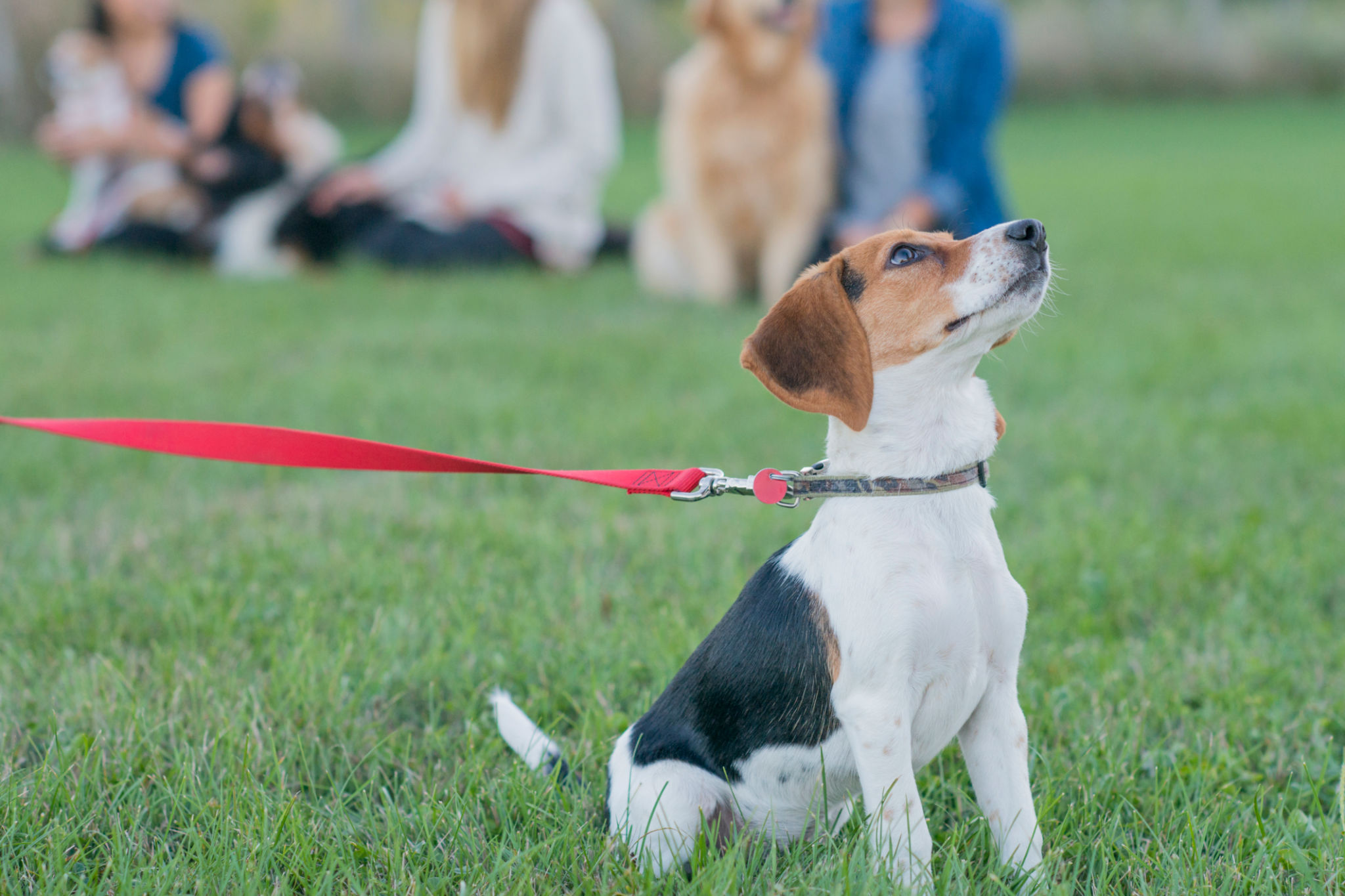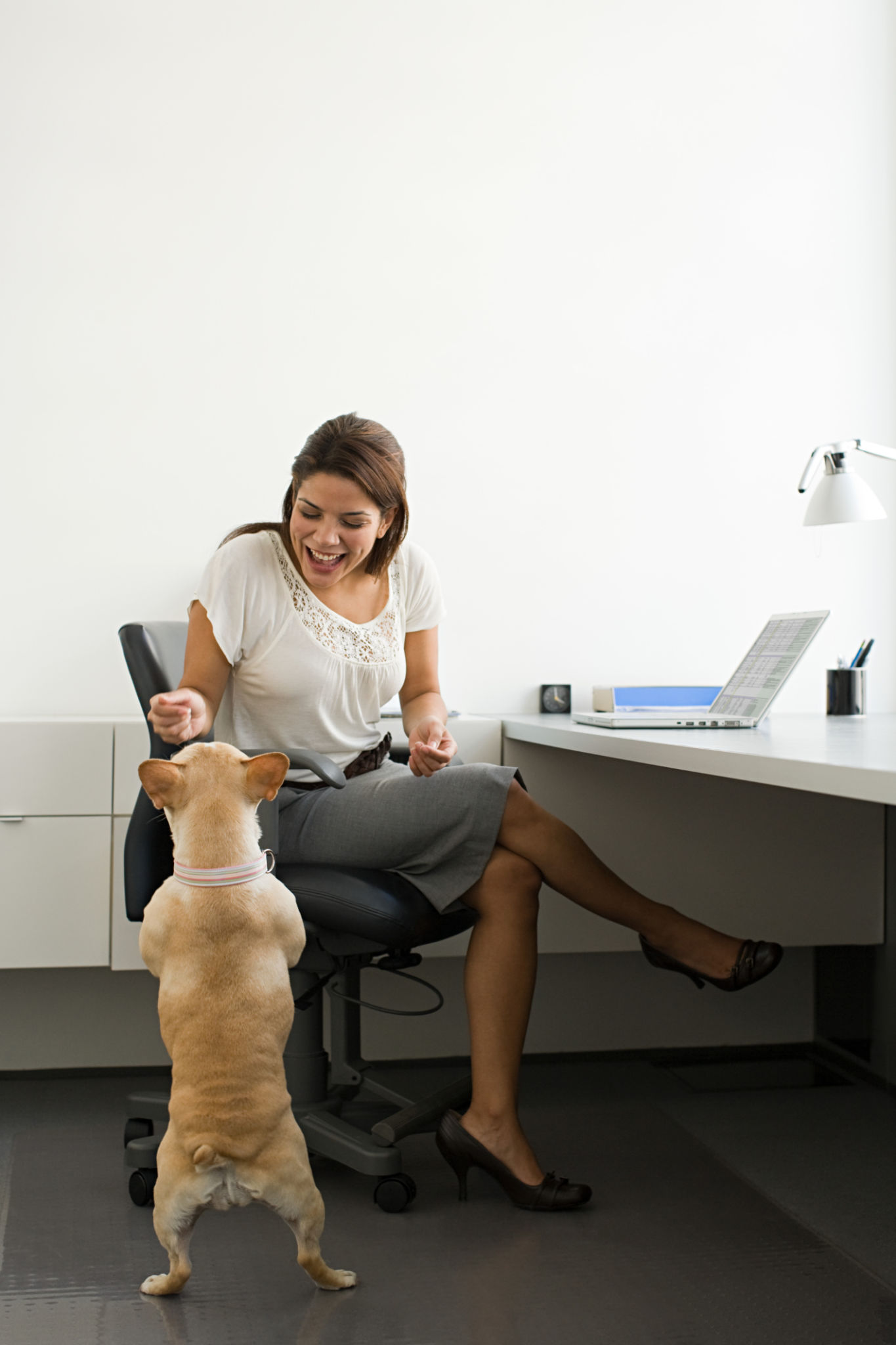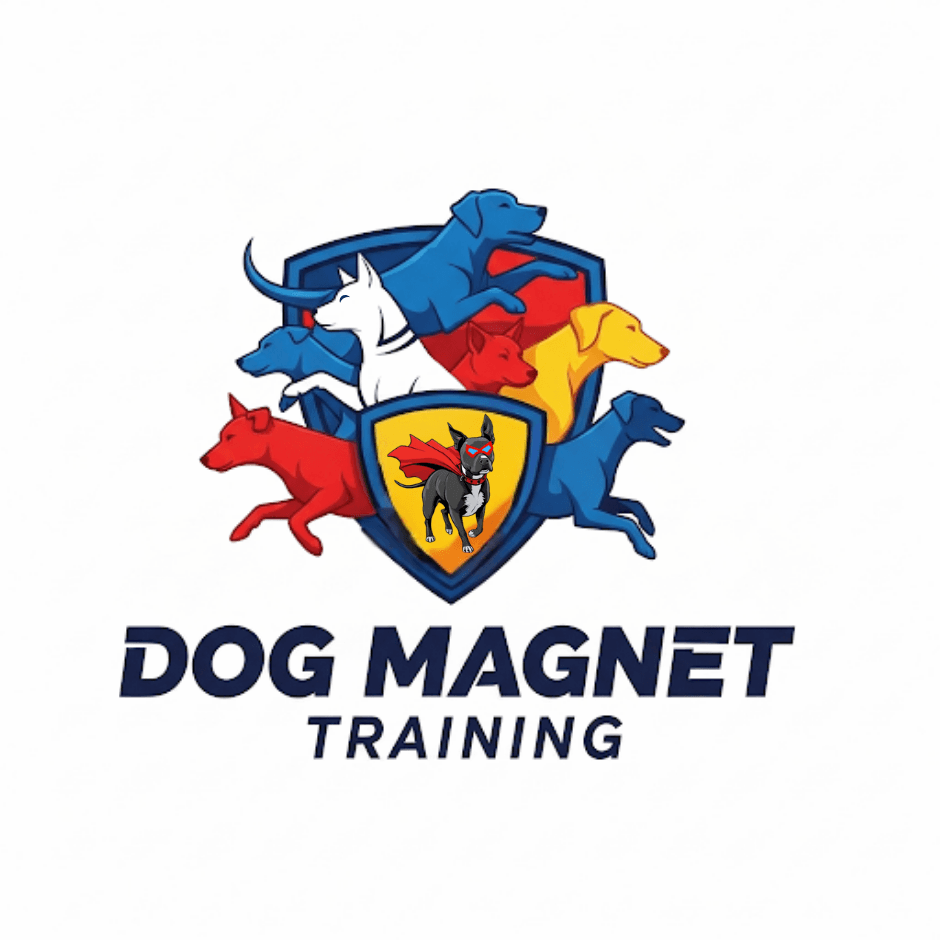The Ultimate Guide to Training Your Dog: From Basic Commands to Advanced Tricks
Understanding Your Dog's Behavior
Training your dog is an enriching experience that strengthens the bond between you and your furry friend. Before diving into training sessions, it's essential to understand your dog's behavior and personality. Each breed has its own set of characteristics, and individual dogs may have unique quirks. Observing their body language and responses to various stimuli can provide valuable insights into how best to approach their training.

Starting with Basic Commands
The foundation of any dog training program is mastering basic commands. These commands are crucial for ensuring your dog's safety and fostering good behavior. Start with simple commands such as "sit," "stay," "come," and "heel." Consistency is key, so practice these commands daily using positive reinforcement techniques like treats and praise.
When teaching a command, use a calm and assertive voice. Be patient; some dogs may take longer to learn than others. Repetition and reward are the cornerstones of successful training. Remember to keep training sessions short and engaging, as dogs can lose interest quickly.

Introducing Intermediate Commands
Once your dog has mastered the basics, it's time to introduce intermediate commands that enhance their obedience skills. Commands such as "leave it," "drop it," and "wait" are useful in everyday situations. These commands help manage your dog's behavior in more complex environments and prevent undesirable actions like picking up harmful objects.
To teach these commands, use real-life situations as training opportunities. For example, practice "leave it" when your dog shows interest in something they shouldn't have. Always reinforce good behavior with rewards and gradually reduce treats as your dog becomes more reliable in following commands.

Mastering Advanced Tricks
Advanced tricks are not only fun but also mentally stimulating for your dog. Tricks such as "roll over," "play dead," and "fetch specific items" challenge your dog's problem-solving skills and keep them engaged. Start by breaking down each trick into small, manageable steps, rewarding progress along the way.
Use a clicker or verbal markers like "yes" to signal success during training. Be patient and adjust the pace according to your dog's learning speed. Advanced tricks take time and practice, but the rewards are well worth the effort.

Overcoming Training Challenges
Training isn't always smooth sailing, and you may encounter challenges along the way. Common issues include distractions, stubbornness, or anxiety. Address these challenges by creating a calm training environment free from distractions and gradually increasing complexity as your dog improves.
If you face persistent issues, consider consulting a professional dog trainer who can offer personalized guidance. Remember that patience, consistency, and positive reinforcement are your best tools for overcoming obstacles in training.
Maintaining Consistency
Consistency is critical in reinforcing learned behaviors. Make training a part of your daily routine to keep skills sharp. Regular practice prevents your dog from forgetting commands and ensures they remain well-behaved companions.

Incorporate training into playtime or walks to make it enjoyable for your dog. By doing so, you will maintain their enthusiasm for learning and strengthen your bond. Always end training sessions on a positive note with praise or a favorite game.
Conclusion
Training your dog is a rewarding journey that requires patience, dedication, and love. From basic commands to advanced tricks, each step enhances your relationship with your furry friend while promoting good behavior. With consistent practice and positive reinforcement, you can transform your dog into a well-mannered companion ready to tackle any challenge together.
